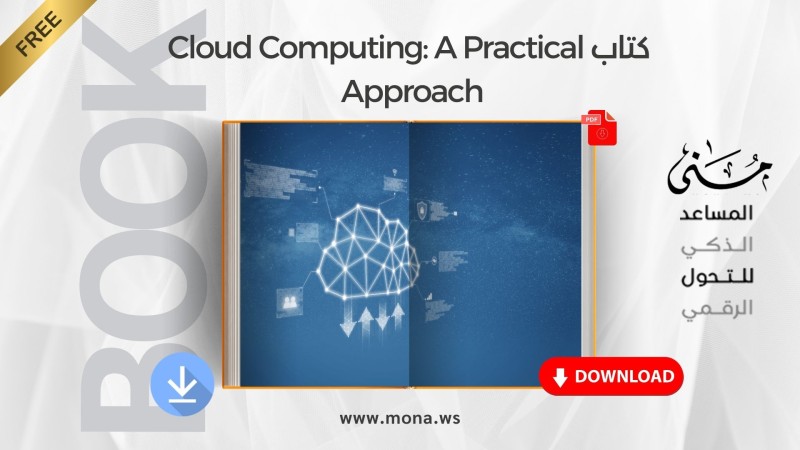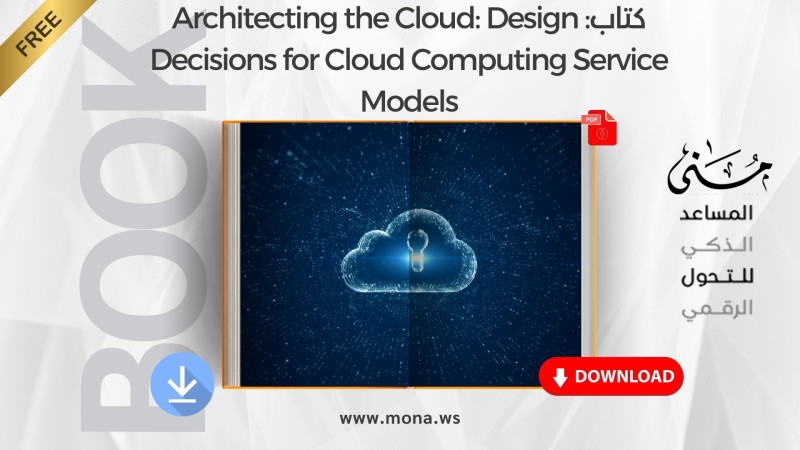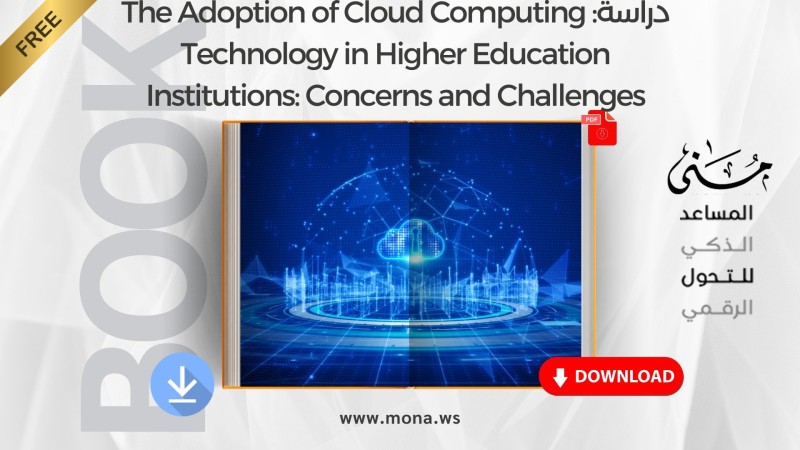Cloud Computing Book Summary
Author: Mustafa Suleiman
Cloud Computing Book Summary
Cloud computing is a modern model for providing computing resources and services over the Internet, allowing users to access data and applications over the Internet without the need to own physical infrastructure. Cloud computing relies on advanced virtual technologies that provide high performance and enable easy scalability of services, making it ideal for businesses and organizations.
The concept of cloud computing
The book Cloud Computing explains that cloud computing is a computing model that enables individuals and organizations to use applications and software stored on remote servers over the Internet, rather than having to install the applications locally. These applications can be accessed through a web browser.
The book Cloud Computing adds that cloud computing depends on the resources of data centers, which are managed by specialized companies that provide their services according to different models, such as software as a service (SaaS, Platforms as a Service (PaaS), and Infrastructure as a Service (IaaS).
This model allows for flexible use of computing resources, as the size of resources can be increased or decreased according to the user's needs. Cloud computing is considered a major technological development, as it saves the time, effort, and costs associated with managing traditional infrastructure.
Types of cloud computing
The Cloud Computing book divides cloud computing into several main types, which vary in the way services are provided and the level of security and flexibility.
Public cloudOperated by cloud service providers such as Amazon, Google, and Microsoft, this cloud provides online services to users at a low cost and is suitable for companies that do not require high levels of security.
Private cloudThey are created for a single organization, providing higher levels of security and control, and are hosted either in a private data center or by a specialized service provider.
Hybrid CloudIt combines public and private clouds, allowing organizations to have greater flexibility, as sensitive data can be stored in the private cloud, while the public cloud is used to scale operations as needed.
Community Cloud: Used by a group of organizations with common needs, such as government agencies or companies specializing in a particular sector.
Advantages of cloud computing
The book Cloud Computing points out that cloud computing offers several benefits that make it a strategic choice for many businesses:
Reducing costs:It eliminates the need to purchase and maintain expensive servers and hardware, saving money for startups and large enterprises alike.
Flexibility to expandComputing resources can be quickly increased or decreased, helping organizations easily adapt to market changes.
Ease of access:Enables users to access data and applications from anywhere, anytime via the Internet.
Enhanced securityCloud data centers offer advanced levels of security, including automatic backup and encryption, protecting information from loss or breach.
Effective cooperationCloud computing facilitates collaboration between teams by sharing files and resources online in real time.
Challenges Facing Cloud Computing
Despite the advantages of cloud computing, the book Cloud Computing notes that organizations face some challenges when adopting this model:
Security and PrivacySince data is stored on remote servers, it may be vulnerable to cyber attacks or unauthorized access.
Relying on service providersA cloud provider's service outage may disrupt business operations.
Compatibility issuesOrganizations may face difficulty integrating cloud systems with existing traditional systems.
increasing costsAlthough cloud computing reduces infrastructure costs, subscription costs may increase over time as usage increases.
The future of cloud computing
Experts predict that cloud computing will continue to grow and evolve in the coming years, driven by advances in artificial intelligence, data analytics, and the Internet of Things. Cloud computing will improve business processes and increase productivity by offering smart and innovative solutions.
In the future, cloud computing will become more integrated with technologies such as edge computing, which relies on processing data close to its source rather than sending it to remote data centers. Blockchain technologies will also enhance data security in cloud computing environments, increasing companies' confidence in adopting them.
Cloud computing is a technological revolution that has transformed the way computing resources are managed, enabling organizations to improve efficiency and reduce operational costs. By adopting this model, companies can achieve competitive advantages, as cloud computing provides unlimited access to resources, improved performance, and enhanced security. With rapid technological advancements, cloud computing will remain a cornerstone of future business transformation.
You can download the Cloud Computing book directly from here.
 ملخص كتاب الحوسبة السحابية
ملخص كتاب الحوسبة السحابية










Comments
Add New Comment